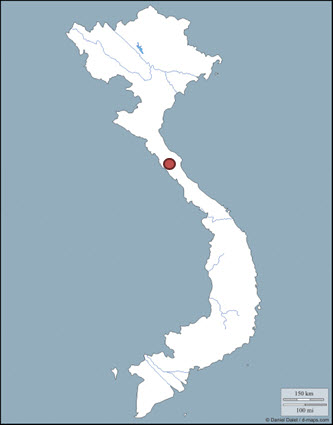Phong Nha Cave

The complex karst formations stretching throughout the surrounding Ke Bang National Park were formed approximately 400 million years ago, making them the oldest in Asia. Part of this system, Phong Nha is the largest and most beautiful cave in Vietnam. It’s remarkable for its thousands of metres of underground passageways and river caves filled with abundant stalactites and stalagmites.
Phong Nha means Cave of Teeth, but, unfortunately, the ‘teeth’ (or stalagmites) that were by the entrance are no longer there. Once you get further into the cave, it’s mostly unspoiled. In 1990 a British expedition explored 35km of the cave and made the first reliable map of the underground (and underwater) passageways. They discovered that the main cavern is nearly 8km long, with 14 other caves nearby.
The Chams used the cave’s grottoes as Hindu sanctuaries in the 9th and 10th centuries; the remains of their altars and inscriptions are still here. Vietnamese Buddhists continue to venerate these sanctuaries, as they do other Cham religious sites.